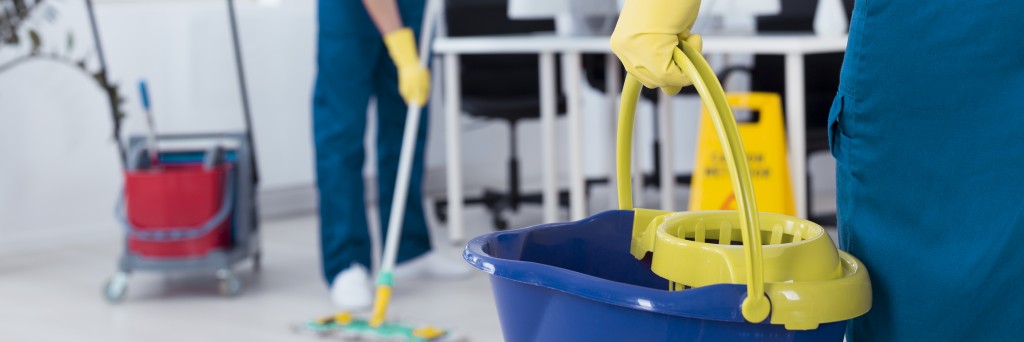It’s not a big deal if the water you are looking at is a puddle a foot across, and coming from a visibly leaking pipe. All you need to do is turn off the water main, call your plumber, and all is well. It’s a totally different deal when there are a few inches of water covering the floors, or when a leak in the roof is running down the walls and drenching the furniture.
Every homeowner should take water damage seriously. If you haven’t experienced it before, then allow us to educate you so that you are armed and prepared.
Lesson One: Your home will not dry up by itself
A flood that covers the floors, walls, and ceilings demands your immediate attention. First, you must understand the nature of the problem. The cleanup process for wet walls and floors requires more than a few days of drying up. You can’t very well open up the roof to let in the sun to dry it up completely. Even if you open the windows and point every fan in the house to the soaked fixturess, there could be water remaining in places you cannot see, such as between the walls and in the attic, under immoveable furniture, and in nooks and corners your hands cannot reach. Your home will eventually dry up completely, but it cannot do so without help.
Lesson Two: Wet walls harbor illness
If your house seems dry but it still feels and smells like a tropical rainforest, then it’s not totally dried out. There is a fine line between livable and safe to live in. A wet house is not a safe place for anyone. It can harbor microorganisms and insects that carry diseases. Moreover, molds will have no trouble finding a haven in wet and humid interiors. If you delay the process of remediation after water damage you are only putting your family at risk. It would also be more expensive to deal with secondary damage due to inattention and poor management of flooding damage.
Lesson Three: There’s more to it than excess water removal

There are a handful of reasons why it makes more sense to hire a water damage restoration team in Denver than to deal with the aftermath of a flood or storm damage by yourself. You can argue that there are enough hands to help out—even the neighbors have volunteered. But, unless one of your neighbors is an experienced mold remediation and water damage restoration expert, then it is necessary to call for professional services. After all, it does not stop with water removal. Once the actual water is taken out of the premises, the real work begins. You are probably not equipped to handle what comes after water removal. Move aside, and let the professionals do their job.
Remediation cannot wait after significant flooding or storm damage to your home. Removal of water, clean up of debris, and salvaging of property are the first steps in a long and potentially complicated process of rehabilitation. Trained restoration company professionals would do a better job than a DIY-enthusiast with good intentions.


